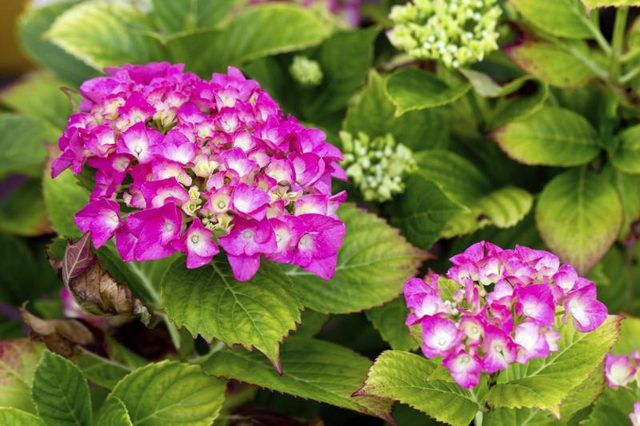Bulbs
Flower Basics
Flower Beds & Specialty Gardens
Flower Garden
Garden Furniture
Garden Gnomes
Garden Seeds
Garden Sheds
Garden Statues
Garden Tools & Supplies
Gardening Basics
Green & Organic
Groundcovers & Vines
Growing Annuals
Growing Basil
Growing Beans
Growing Berries
Growing Blueberries
Growing Cactus
Growing Corn
Growing Cotton
Growing Edibles
Growing Flowers
Growing Garlic
Growing Grapes
Growing Grass
Growing Herbs
Growing Jasmine
Growing Mint
Growing Mushrooms
Orchids
Growing Peanuts
Growing Perennials
Growing Plants
Growing Rosemary
Growing Roses
Growing Strawberries
Growing Sunflowers
Growing Thyme
Growing Tomatoes
Growing Tulips
Growing Vegetables
Herb Basics
Herb Garden
Indoor Growing
Landscaping Basics
Landscaping Patios
Landscaping Plants
Landscaping Shrubs
Landscaping Trees
Landscaping Walks & Pathways
Lawn Basics
Lawn Maintenance
Lawn Mowers
Lawn Ornaments
Lawn Planting
Lawn Tools
Outdoor Growing
Overall Landscape Planning
Pests, Weeds & Problems
Plant Basics
Rock Garden
Rose Garden
Shrubs
Soil
Specialty Gardens
Trees
Vegetable Garden
Yard Maintenance
How to Grow Hydrangeas Inside
How to Grow Hydrangeas Inside. A person who receives a potted hydrangea as an Easter or Mother’s Day gift often is uncertain about what to do with it after the holiday. Most hydrangeas sold as potted plants are the bigleaf (Hydrangea macrophylla) type, which is perennial in U.S. Department of Agriculture plant hardiness zones 6 through 10. It...

A person who receives a potted hydrangea as an Easter or Motherís Day gift often is uncertain about what to do with it after the holiday. Most hydrangeas sold as potted plants are the bigleaf (Hydrangea macrophylla) type, which is perennial in U.S. Department of Agriculture plant hardiness zones 6 through 10. It can be planted outdoors in spring in those zones. In colder climates, however, it must be maintained as a houseplant. Keep in mind that hydrangeas contain varying amounts of the glycoside hydrangin, which can make them somewhat toxic to both people and pets.
Care for Blooming Plant
The bigleaf hydrangea needs strong illumination but may burn if subjected to midday or afternoon sunlight. While it is in bloom, position it in bright, indirect light.
Keep its soil evenly moist, as this plant wilts quickly when allowed to dry out. If your tap water is hard, water the acid-loving hydrangea with rainwater or spring water instead to avoid raising its soilís pH. Donít fertilize it while it is flowering.
Grow Plant After Bloom
Once the hydrangea has finished blooming, cut it back to the bottom two leaf nodes on each stem, and repot it in a slightly larger pot filled with a mix of 1 part potting soil and 1 part peat moss. Place the pot on a cool east-facing windowsill Ė preferably with temperatures between 60 and 65 degrees Fahrenheit -- where the plant receives sun in the morning and shade during midday and afternoon. Alternatively, you can set it on a sunny south-facing windowsill with a sheer curtain between it and the glass to diffuse the light.
After the plant begins to grow again, fertilize it once every two weeks until the end of September with a plant food intended for acid-loving plants such as 30-10-10. Mix 1/2 teaspoon of crystals into each gallon of water or whatever amount the instructions indicate.
Move Plant Outdoors Temporarily
In late spring, move the hydrangea outdoors if possible, placing it in a shaded position first and gradually shifting it to where it again receives morning sun and afternoon shade. Pinch back the plantís shoots as necessary to maintain a bushy specimen, but stop pinching those shoots after the beginning of July. Leave your hydrangea outdoors for as long as possible in autumn, protecting it from light frosts by covering it with a frost blanket or taking it indoors briefly.
Force Spring Blooms Again
Just before your first hard freeze, bring the plant indoors to a dark, chilly place such as an unheated garage or basement, where the temperature remains between 35 and 40 degrees. Reduce the amount you water the hydrangea and allow its soil to remain barely damp for six weeks, during which time its leaves should fall off.
After that time period, move the plant to a location where it receives bright, indirect light and temperatures around 50 degrees Fahrenheit. Resume watering the plant as usual and leave it in that position for two to three weeks.
You can then return the plant to its previous east-facing or curtained south-facing windowsill where it receives partial or filtered sunlight. The hydrangea should flower about four months after it was brought back into the light.